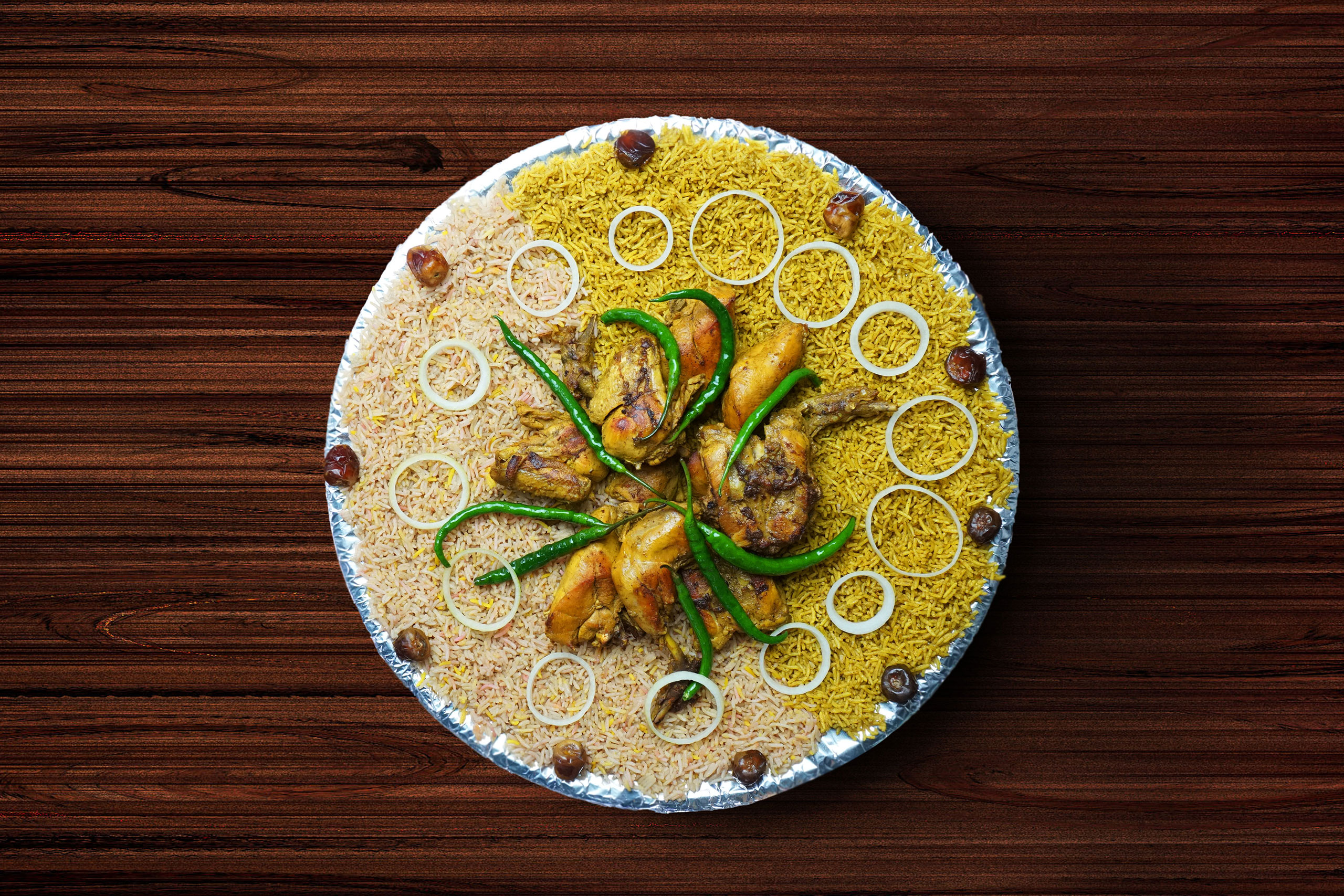What is the difference between biryani and pulao?

Biryani and pulao
Biryani and pulao are both popular rice dishes in South Asian cuisine, but they have distinct differences in ingredients, preparation methods, and flavours. Here’s a detailed comparison:
- Ingredients and Flavor Profile
- Biryani:
- Ingredients: Biryani typically includes layers of marinated meat (chicken or mutton) or vegetables mixed with fragrant basmati rice. It also incorporates a rich blend of saffron, cardamom, cloves, cinnamon, and star anise.
- Flavor: Biryani has a more complex and intense flavour profile due to the long marination process, use of spices, and sometimes layering techniques that allow the flavours to meld together.
- Pulao:
- Ingredients: Pulao generally includes a combination of rice, vegetables, and sometimes meat or seafood. It uses fewer spices than biryani and often relies on a sautéed onions, garlic, and ginger base.
- Flavor: Pulao has a milder, more subtle flavour than biryani, focusing on a simpler blend of spices and ingredients.
- Preparation Methods
- Biryani:
- Preparation: Biryani is made using a layering technique. The meat or vegetables are cooked separately and then layered with partially cooked rice. The dish is often finished with a “dum” cooking method, where the pot is sealed and cooked over low heat to allow the flavours to meld.
- Cooking Time: Biryani typically requires more time and effort due to the marination of meat and the layering process.
- Pulao:
- Preparation: Pulao is generally made by cooking all the ingredients in one pot. The rice and other ingredients are sautéed and then cooked with water or broth.
- Cooking Time: Pulao is quicker and easier to make than biryani, often prepared in a single step.
- Cooking Techniques
- Biryani:
- Techniques: Biryani often involves marinating the meat, frying onions for garnishing, and slow-cooking the layered dish. It may also include techniques like “dum cooking,” where the dish is steamed in a sealed pot.
- Pulao:
- Techniques: Pulao usually involves sautéing spices and vegetables together before adding rice and liquid for cooking. It is less complex and does not require layering or slow cooking.
- Origin and Variations
- Biryani:
- Origin: Biryani is believed to have been brought to the Indian subcontinent by the Mughals and evolved into various regional versions, such as Hyderabadi Biryani, Lucknowi Biryani, and Kolkata Biryani.
- Variations: Biryani has many regional variations, each with unique ingredients and cooking styles.
- Pulao:
- Origin: Pulao has a long history in Persian and Central Asian cuisine. It was adapted into South Asian cuisine with different local ingredients and techniques.
- Variations: Pulao also has regional variations, such as Afghan Pulao, Bengali Pulao, and Kashmiri Pulao.
- Visual and Textural Differences
- Biryani:
- Visuals: Biryani is often layered with different colours and textures, with pieces of meat or vegetables and grains of rice.
- Texture: The rice grains in biryani are typically separate and not mushy, with a mix of textures from the layers of rice and meat or vegetables.
- Pulao:
- Visuals: Pulao usually has a more uniform appearance, with all the ingredients mixed.
- Texture: The rice in pulao tends to be slightly sticky but still distinct, with a balanced texture of vegetables or meat mixed in.
Summary Table
Feature | Biryani | Pulao |
Ingredients | Spiced rice with marinated meat or vegetables | Rice with vegetables, meat, or seafood |
Flavor Profile | Complex, rich flavours | Milder, more subtle flavours |
Preparation | Layering and dum cooking | One-pot cooking method |
Cooking Time | Longer due to marination and layering | Generally quicker and simpler |
Techniques | Marination, layering, slow cooking | Sautéing, mixing, one-pot cooking |
Origin | Mughal and regional adaptations | Persian/ Central Asian origins |
Visual | Layered, colourful appearance | Uniform, mixed appearance |
Both biryani and pulao are cherished dishes, and each has its place in South Asian cuisine. Your choice between the two depends on the type of dining experience you want to offer and the time and resources you have for preparation.
